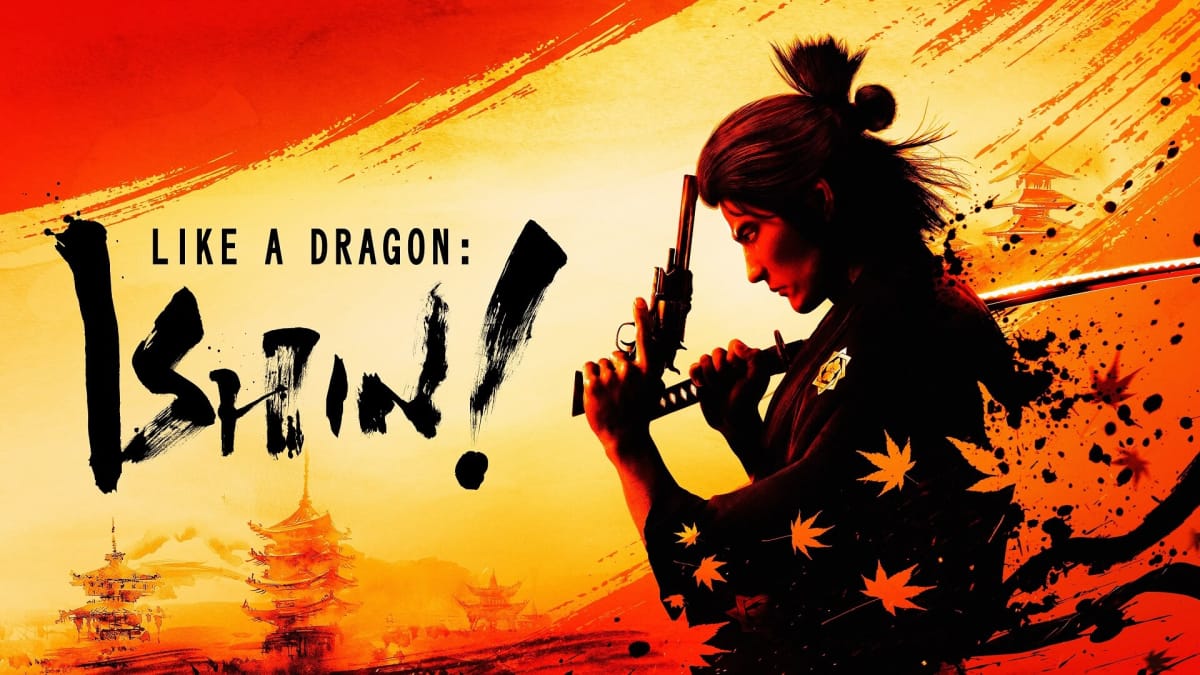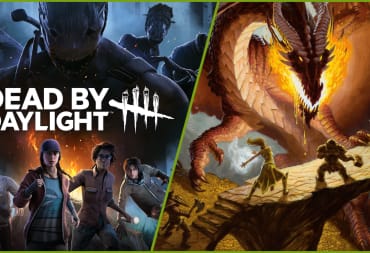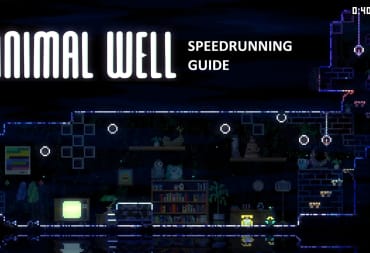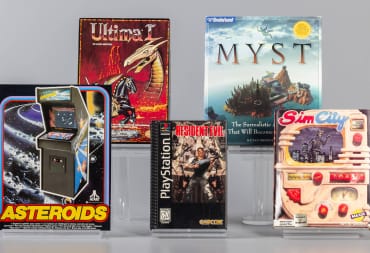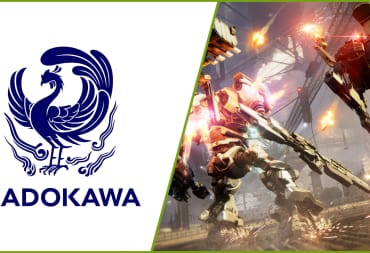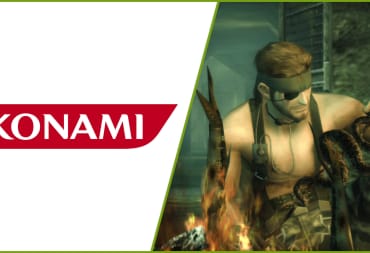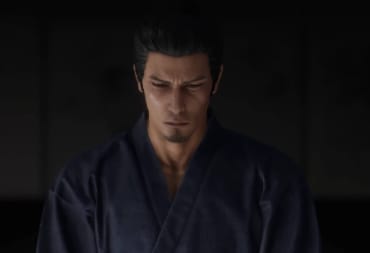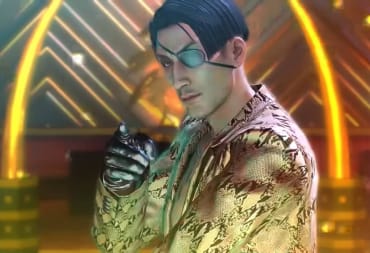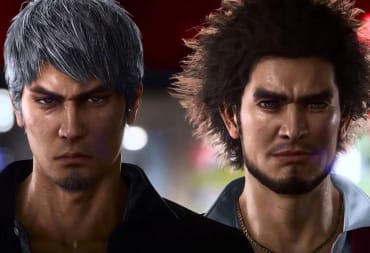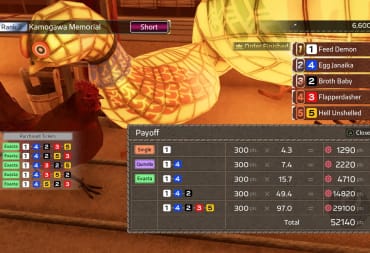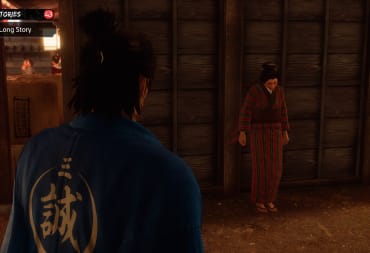Sega’s Like a Dragon franchise has gone from strength over the years, gaining a number of ports and remakes as its popularity grew. But there were two games that seemed like they would never make their way to the west, both moving familiar Like a Dragon gameplay into the Edo period of Japan.
However, after a long 10-year wait, Like a Dragon: Ishin! has finally made its way west for modern consoles and PC. But does this historical Like a Dragon still hold up after all this time?
Like a Dragon: Ishin! starts in 1867, near the tail end of Japan’s Edo period. Many groups plot behind the scenes, some aiming to overthrow the ruling party while others use it for their own gains. We join Sakamoto Ryoma, a samurai returning home after many years of training. But Ryoma’s return is short lived, as his quiet life is quickly thrown into turmoil. Forced to flee his hometown after being framed for murder, he ends up in Kyo looking for answers.
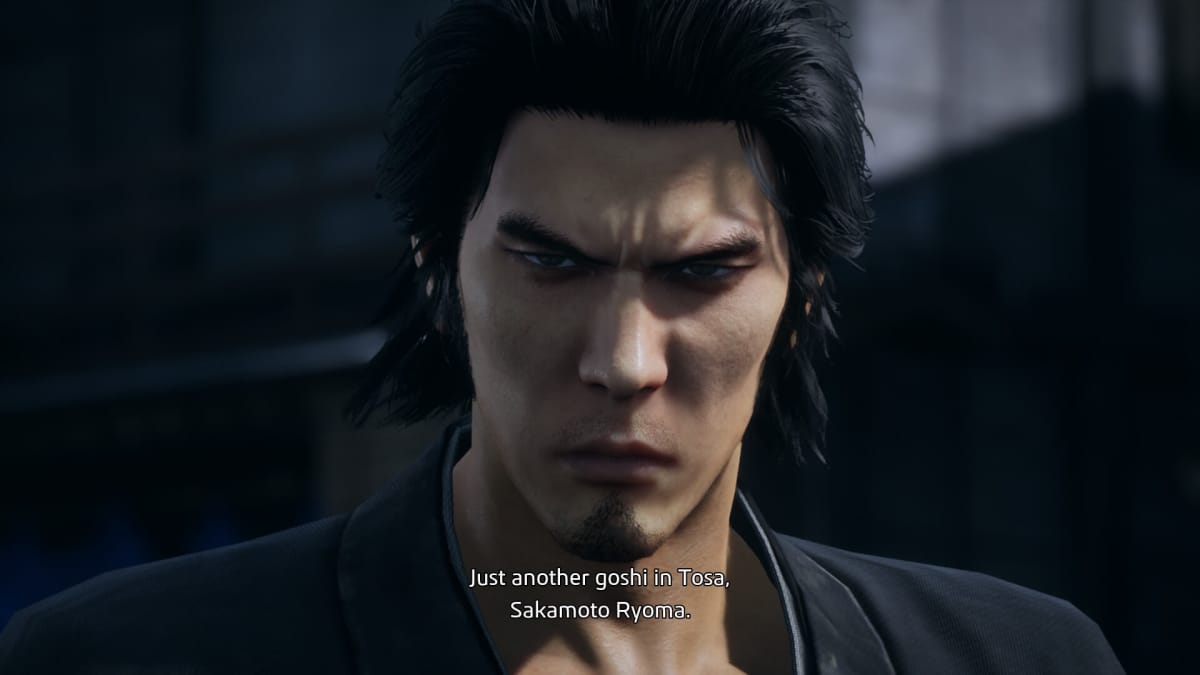
The opening’s pacing is very similar to that of the original Yakuza and Yakuza 0, both games where Kazuma Kiryu was quickly thrown into a conspiracy far greater than him. Fitting then, that Ryoma’s character is represented by Kiryu — only now sporting an era-appropriate hairstyle. In fact, the majority of the cast’s appearances, voices, and sometimes personalities are adapted from the main series. This remake even switches up some of the cast, having them now be based on characters from Like a Dragon titles released after the original Ishin!
It’s a novel concept, especially when it comes to characters that are quite different from their modern-day counterparts — though as you’d expect, Ryoma is basically Kiryu in basically every way. Ryoma ends up meeting a lot of characters during his quest for answers, though a lot get very little screen time. Even the Shinsengumi, a pivotal group in the main story that Ryoma ends up joining, features a number of members that have very little importance overall.
This is at its worst during the midpoint of Like a Dragon: Ishin!, where characters are constantly being killed offscreen while the plot doesn’t seem to go anywhere. Things mostly get better for the finale (outside of the actual ending sequence), and it’s still fun to keep up with some of the goofier plot twists. But for a game that revolves around the Shinsengumi for most of its playtime, it doesn’t do a particularly great job of making you feel invested in them.
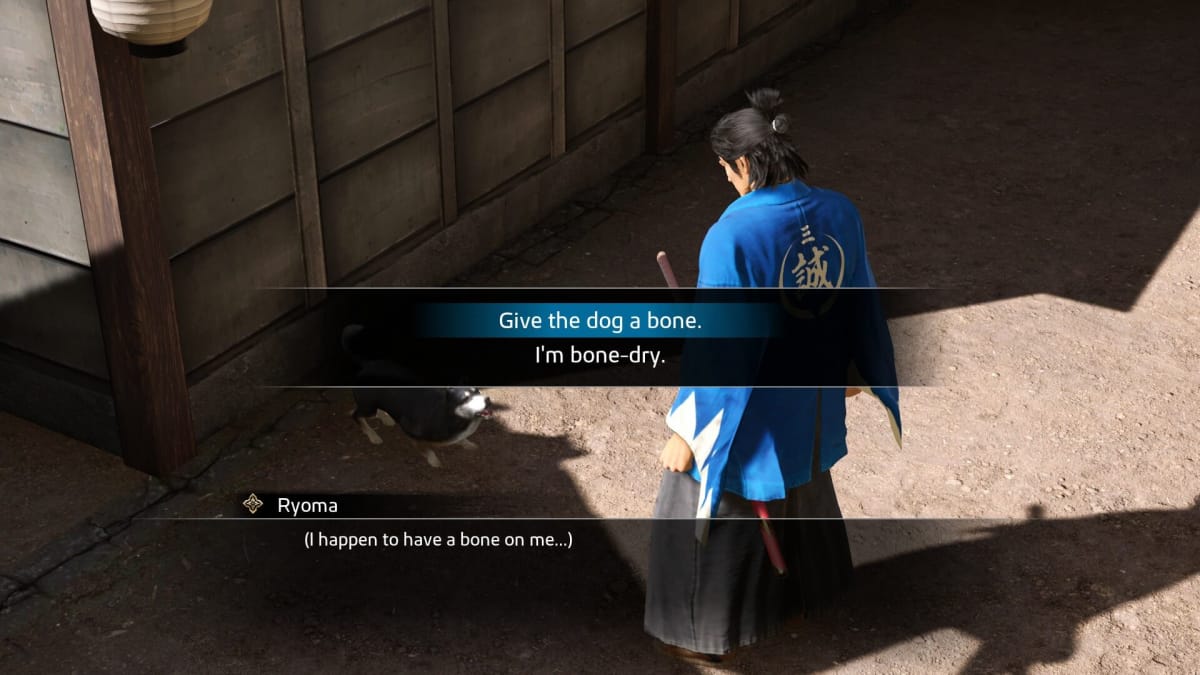
Thankfully, you can spend a lot of your time between disappointing story beats by exploring Kyo, taking requests from an array of weird and wonderful NPCs, and completing minigames. It’s a very familiar gameplay setup, enhanced by Ishin!’s wildly different setting from the cities found in the mainline series. While the world can feel a little empty in comparison, it’s still refreshing to explore new areas. You’ll get to learn more about Japan’s history in the process too, with an in-game glossary giving some much-needed information for terms and places of significance.
Side content is what you expect from the franchise, including familiar minigames like singing (now with fan favorite Baka Mitai) and fishing, to arena battles and superbosses. The main side content of Ishin! comes in the form of Another Life, where Ryouma can grow crops, looks after animals, and cook new dishes. I was initially excited when I unlocked this part of the game, expecting something with at least some depth. However, there isn’t actually much to do, and it comes across as an excuse to include Haruka in the game.
It wouldn’t be a Like a Dragon game without lots of battles, and Ishin! has them in spades. Ryouma’s time in the Shinsengumi is filled with conflict, and the streets of Kyo are filled with people looking for a fight. Ryouma has access to four fighting styles to deal with opponents, giving him access to a katana, gun, or even both at once. He can also fight barehanded in a style similar to Kiryu, though there’s little reason to when you have access to weapons at any time.
You can chain light attacks into heavy finishing blows, or make use of each style's unique skills to get an edge over opponents. Heat actions make a return too, letting Ryouma slice and riddle people with bullet holes in creative ways. Some can even branch off into multiple ending attacks, which somewhat makes up for the lack of environmental and object-based Heat actions.
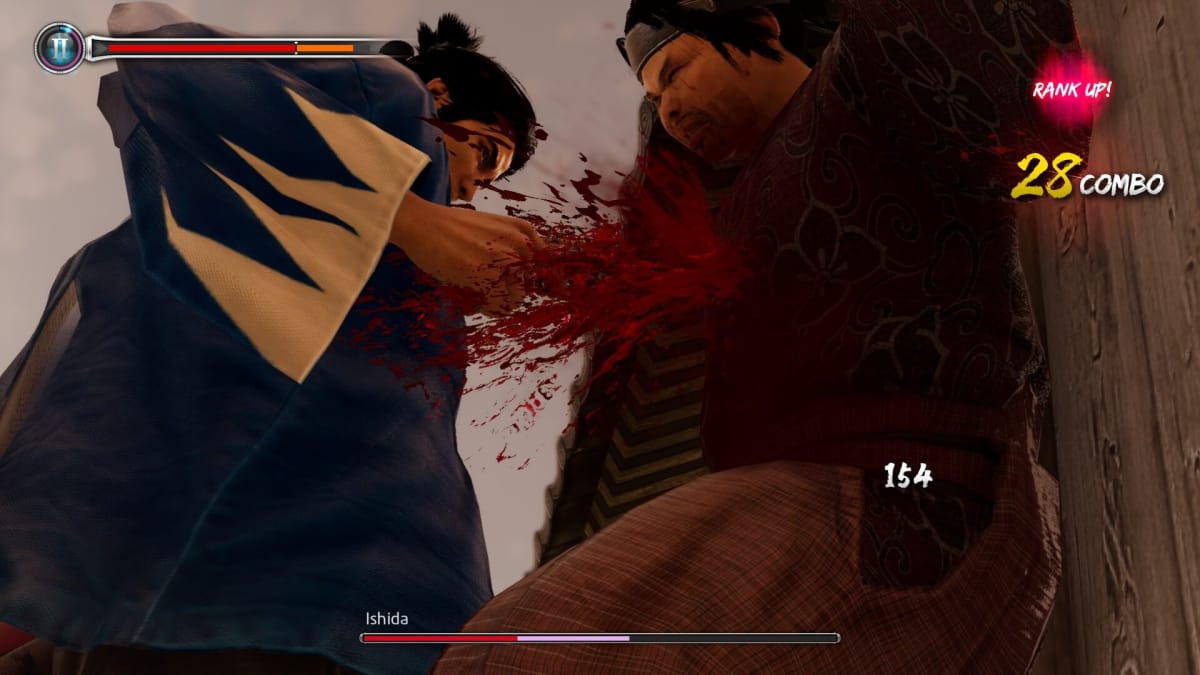
Combat is fairly solid overall if a little stiff when compared to the Dragon Engine Like a Dragon and Judgment titles. The main issue is that there isn’t much balance when it comes to styles in general. As mentioned earlier, Brawler feels out of place due to just how damaging katanas and guns are, making it near pointless for most encounters. And Wild Dancer, the flashy style that uses both a katana and gun, feels fun to use but falls behind in damage.
While Swordsman is fun — it offers good damage and easy-to-use Heat moves — the Gunman style is where I really become confused with this system. There are basically no combos outside of special ammo types, the regular attack can be spammed indefinitely, and some of the best guns in the game can be obtained early on. It feels like a half-baked inclusion, strong but with no variety to its gameplay.
Sure, you could not use this style, but then you’re only really left with Swordsman (and occasionally Brawler for its strong counter). Wild Dancer can clear weak groups, but feels undertuned for anything beyond that. It leads to late-game encounters that mostly end up with gunfire spam or regular katana combos interspersed with Heat actions to interrupt enemies.
This could be the reason why the card system, which was only available for the dungeon crawling mode in the original version of Ishin!, is now available during all gameplay. Cards are obtained via recruiting enemies and other characters in the field or rolling on an in-game gacha, and give special moves and passive effects when equipped. Some just heal, while others have you launching fireballs or spectral swords.
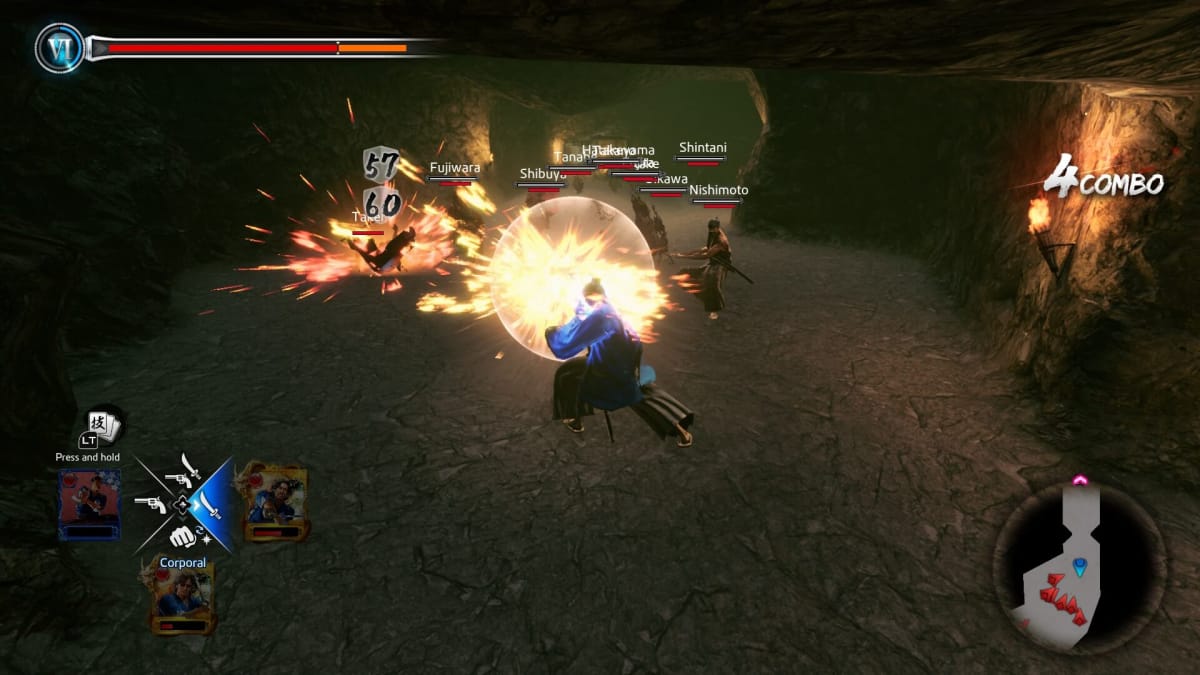
It’s not a system I particularly enjoyed due to the tedium of sorting through cards and figuring out what to equip, and regular encounters aren’t even balanced around them in the first place. Some bosses do get some new moves to try and even the odds, but these not only look out of place, but often make it even easier to defeat enemies due to their long animations.
At the very least, you can unequip all cards if you don’t want to deal with the system. The choice to add them to regular gameplay at all is just odd though, since this version of Like a Dragon: Ishin! is incredibly faithful to the original otherwise. You get some redone menus and UI elements, but for the most part everything else has been left unchanged.
This does mean that many of the uglier environmental textures and character models are left intact, though it still holds up OK. You also get the added benefit of higher frame rates and resolutions on PC, with the less fancy visuals when compared to Dragon Engine titles making it much easier to run on lower end systems — as was the case with Yakuza 0, it makes for a great Steam Deck game.
Like a Dragon: Ishin! Review | Final Thoughts
While a lot of Like a Dragon: Ishin! might not have met my expectations, I can still appreciate what it did for the series. Styles made their way into Yakuza 0 and the Judgment games, and gameplay in general has gotten much more fluid for later entries. But taken as is, Ishin! is a sometimes interesting historical drama interspersed with middling combat and poor pacing.
TechRaptor reviewed Like a Dragon: Ishin! on PC using a copy provided by the publisher. It is also available on Xbox One, Xbox Series X|S, PlayStation 4, and PlayStation 5.
Review Summary
Pros
- Kyo makes for a refreshing setting
- Some decent story moments
- Mostly faithful to the original
Cons
- Story loses steam early on and doesn't recover
- Unbalanced combat
- Not much depth to side content
Have a tip, or want to point out something we missed? Leave a Comment or e-mail us at tips@techraptor.net
